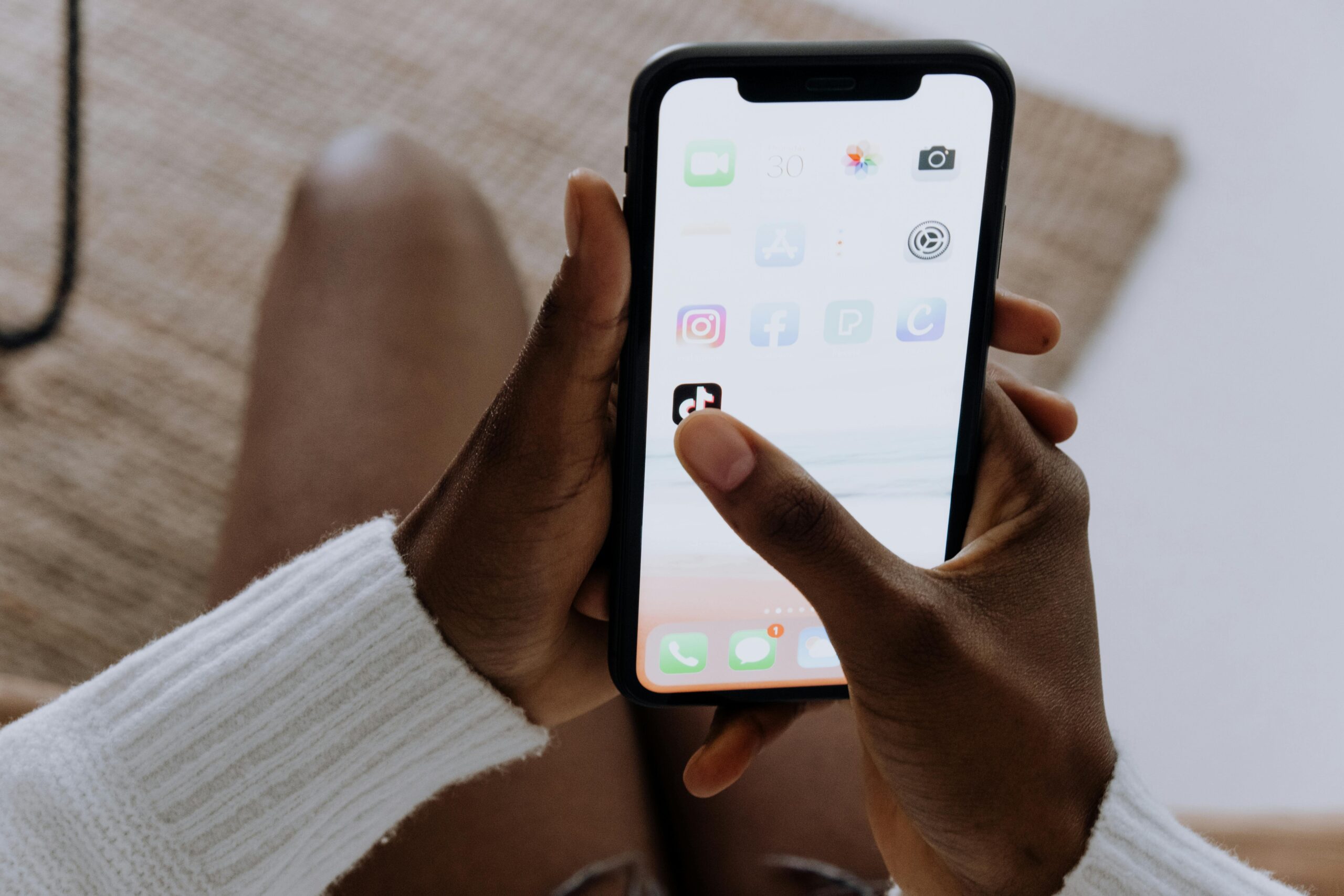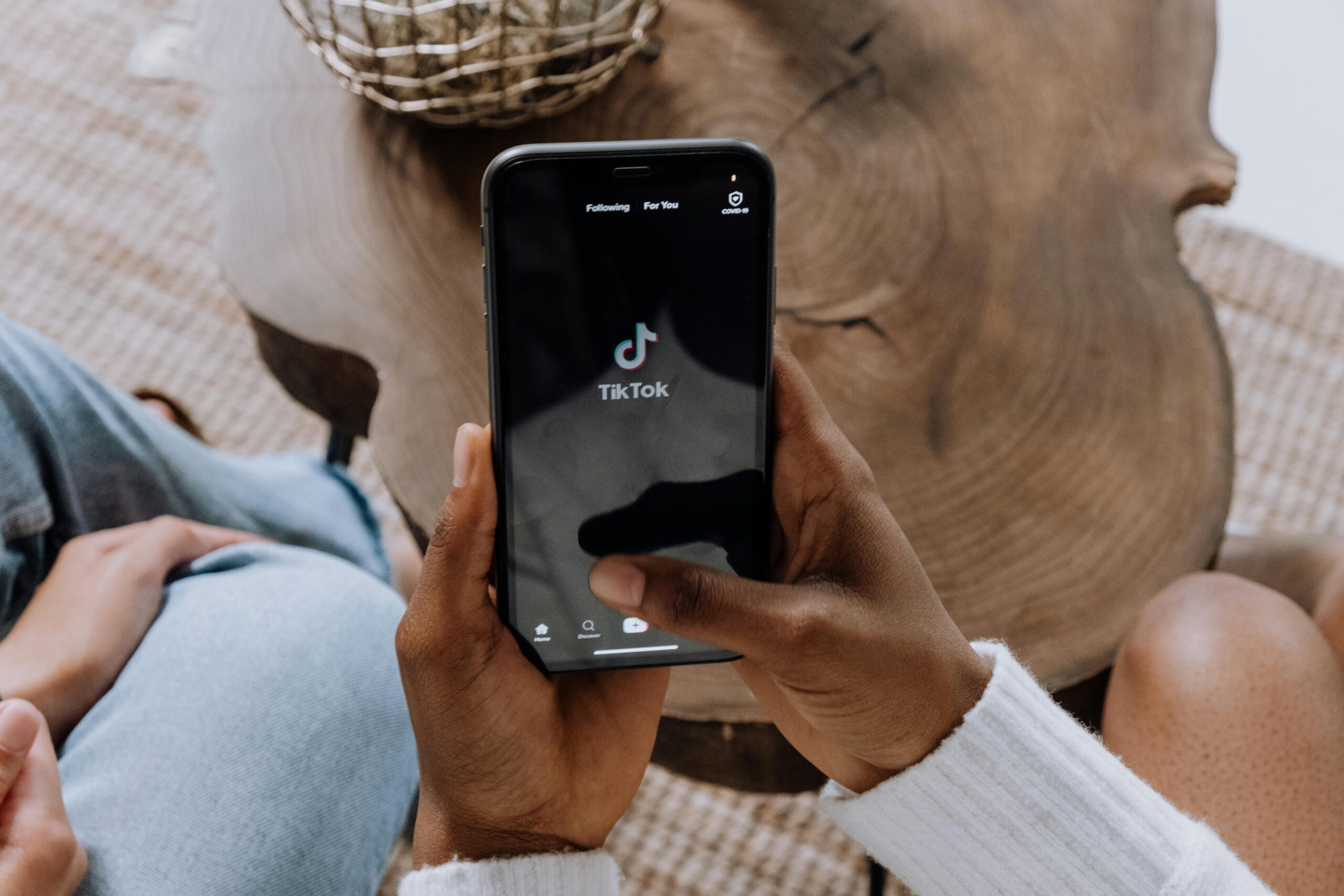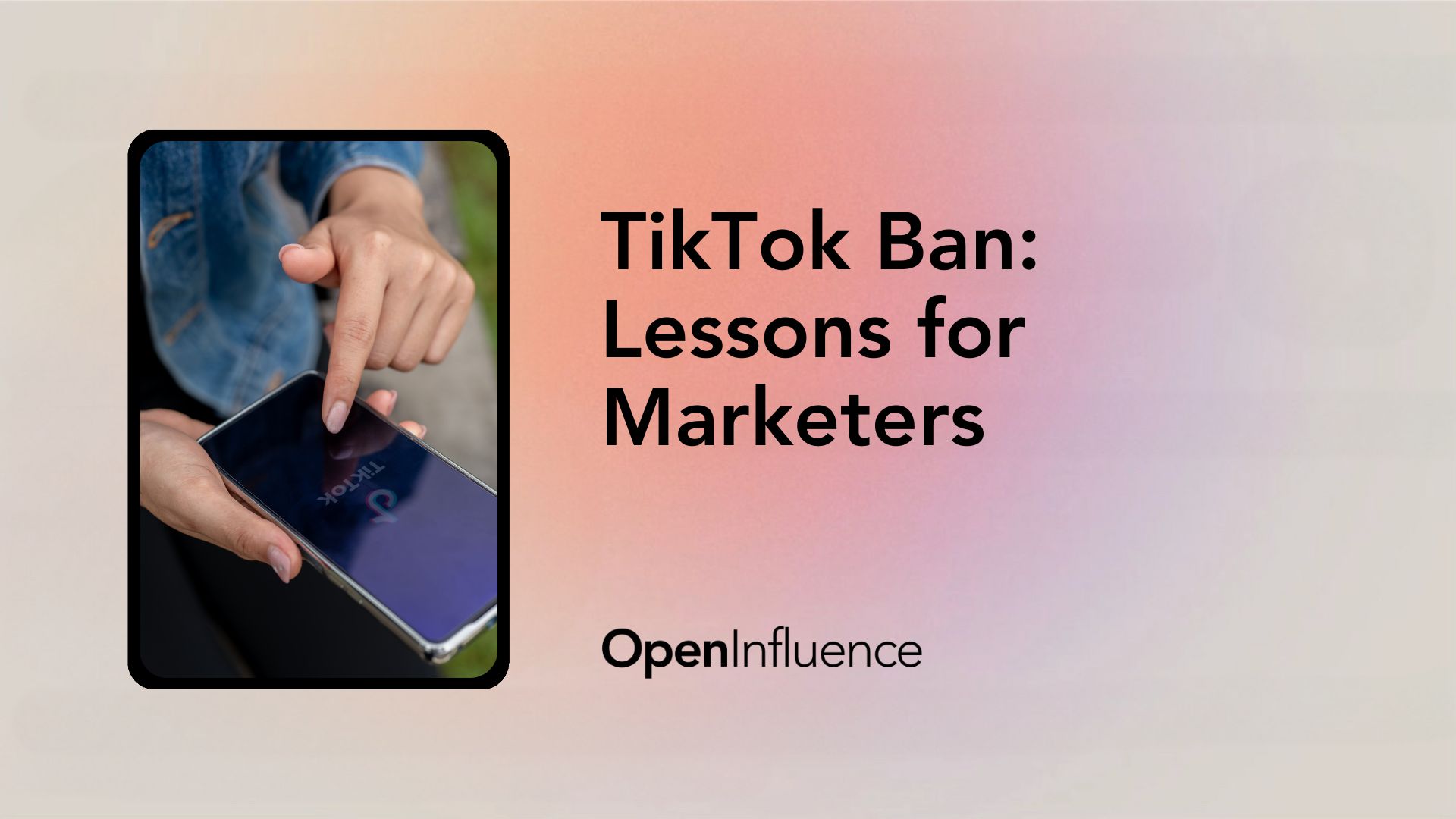Anyone involved in the creator marketing ecosystem will forever remember the weekend of Jan. 17 through 20, 2025.
With TikTok facing a ban in the U.S., the Supreme Court Hail Mary by TikTok and parent company ByteDance was denied Jan. 17. The application then went dark in the late hours of Jan. 18, before suddenly returning Jan. 19 due to the promise of an executive order by then-President-elect Donald Trump.
Hours after his inauguration, Trump followed through on his promise, signing an executive order that gave ByteDance 75 days to find a buyer for TikTok and pushing for 50% U.S. ownership by the end of that period.
At Open Influence, we value TikTok as a critical part of the creator marketing ecosystem and hope it remains a vibrant platform for creators and brands alike.
But this moment raises an important question: What lessons can the creator marketing sector take from this weekend if the 75 days pass and early April brings a sequel of a TikTok ban?

Platform Diversification
Users and creators engage with a variety of platforms every day, and each channel brings its own unique strengths, user behaviors, and creative opportunities. Diversifying strategies across platforms isn’t about replacing one with another—it’s about tapping into the full potential of the creator marketing ecosystem. Reliance on a single platform is no longer a viable strategy in today’s fast-evolving digital world.
Here are some options that should be explored in addition to TikTok (and hopefully not instead of TikTok when April rolls around):
Reels is the first surface to come to mind, as the short-form videos share the same characteristics as most TikTok videos.
But brands and creators can also experiment with feed posts, live videos, and Stories to see what resonates with users, as well as take advantage of the platform’s commerce features.
Instagram also offers features that foster engagement, such as comment threads, polls, and question-and-answer sessions, many triggered by stickers that creators add to their content.
YouTube
YouTube Shorts are the closest thing to TikTok on the Google-owned video platform, but short-form is not the only way to go, as TikTok has been embracing the longer-form videos often found on YouTube.
However, YouTube also provides creators with an array of monetization options, such as AdSense, channel memberships, Super Chats, and YouTube Premium.
And the platform brings a search-engine-optimization advantage thanks to its parent company.
Snapchat
Unlike other social platforms, Snapchat relies on ephemeral content that disappears after a designated period of time, direct messaging, and highly personal interactions, so it requires a completely different approach than TikTok.
The app’s temporary Stories feed gives creators more opportunity to be authentic with their followers, and the content’s short shelf life encourages immediate engagement and interaction due to FOMO (fear of missing out).
Creators can also directly message their followers, and unique features available to agencies, brands, and creators include augmented reality, branded lenses, and shoppable Stories.
Snapchat has also found a niche with Generation Z, becoming the most popular platform among that demographic.
Pinterest sets itself apart from other social platforms with its emphasis on being “the online destination for positivity,” and it calls creators “the intersection of inspiration and influence” for their ability to combine their authenticity and credibility with its ideas-oriented mission and deliver hyper-relevant, targeted content to users.
The company said content from influencers has a 45% higher save rate than other content on its platform, and brands working with creators on Pinterest have seen 38% higher brand awareness and 37% higher Pin awareness.
The top four categories on Pinterest, in terms of audience size, are fashion, home decor, food and drink, and beauty, with emerging categories including men’s fashion, automotive, and travel.
The professional network is not the place to promote every product, but it is clearly the headquarters for business-to-business marketing, with a user base made up mostly of employees, entrepreneurs, executives, and professionals, logging in for business-related content, industry news, job filling and seeking, and networking.
Authors, bloggers, entrepreneurs, executives, keynote speakers, podcasters, and thought leaders are the most common types of B2B creators, and the goals most often pursued in campaigns include brand awareness, lead generation, building trust, education, and nurturing leads.
Content is usually shared on the platform in the form of articles, audio events, documents, images, live videos, newsletters, and videos.
Unlock Multi-Platform Success with Open Influence
The TikTok saga highlights the need for adaptability and the importance of spreading efforts across multiple platforms. With the looming threat of TikTok getting banned, diversifying strategies ensures not only resilience but also opportunities to reach broader, multi-platform audiences.
At Open Influence, we stay ahead of the curve, helping brands maximize their impact with optimized, multi-platform campaigns. Our platform-agnostic approach ensures that your strategy is adaptable, innovative, and built to thrive—no matter how the social media landscape evolves.


